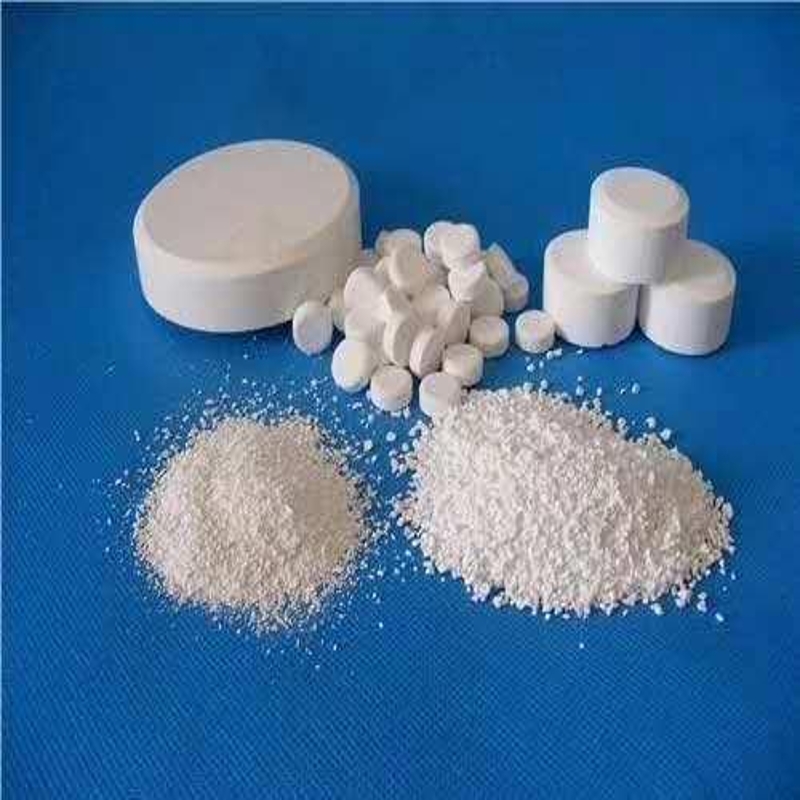-
Categories
-
Pharmaceutical Intermediates
-
Active Pharmaceutical Ingredients
-
Food Additives
- Industrial Coatings
- Agrochemicals
- Dyes and Pigments
- Surfactant
- Flavors and Fragrances
- Chemical Reagents
- Catalyst and Auxiliary
- Natural Products
- Inorganic Chemistry
-
Organic Chemistry
-
Biochemical Engineering
- Analytical Chemistry
- Cosmetic Ingredient
-
Pharmaceutical Intermediates
Promotion
ECHEMI Mall
Wholesale
Weekly Price
Exhibition
News
-
Trade Service
According to a recent report released by Bloomberg New Energy Finance (BNEF), global refining capacity will continue to expand
despite the demand and price shocks caused by Covid-19.
By 2025, new global investment in downstream refining and integrated chemical capacity will average $55 billion per year, boosting global crude distillation unit (CDU) capacity growth of 1.
7%
per year.
The report believes that the consolidation and modernization of China's refining industry, the strategic expansion of Middle Eastern exporters and the investment in the growth of chemical demand will promote the expansion
of refining capacity.
China is leading the global refining and petrochemical business with plans to integrate and modernize downstream industries
.
To address fuel surplus and petrochemical shortages, these integrated projects will aim to extract more petrochemicals from each oil barrel
.
The growth of large refineries will accelerate the phase-out of China's small, independent refineries
.
Downstream investments by major Middle Eastern oil companies are driven by strategic ambitions to secure future demand for crude oil exports and gain a larger share
of oil product margins in key growth markets.
With plans to significantly increase production capacity in the region, major Middle Eastern oil companies are also investing
in key growth centers in the Asia-Pacific region.
Investment in downstream oil in low-cost, high-demand growth regions such as the Middle East and India has become a strategic necessity
.
This is a natural hedge
against oil price volatility and the long-term risks of oil demand in the energy transition.
In the long term, most capacity increases will focus on
petrochemicals.
The rationale is that over the next five years, chemical demand growth is expected to outpace fuel demand growth
.
This trend is evident in the Asia-Pacific region, where countries such as India and Indonesia are eager to reduce their dependence
on chemical imports in the future.
Increasing chemical production has been shown to improve profits, which encourages existing refineries to upgrade and increase chemical production
.
BNEF expects the increase in global downstream capacity to far outpace the growth
in demand for petroleum products.
Assuming all planned projects have reached the commissioning phase, the cumulative surplus of refining capacity will reach 5.
2 million bpd
.
As downstream markets become further unbalanced, refining margins, producer profitability and run rates will come under pressure
.
The Covid-19 demand shock illustrates this in real time, with refining margins falling due to sudden declines in demand for road and jet fuel
.
Overcapacity will be a long-term drag on downstream profitability
.
Overcapacity and continued pressure on margins will lead to less efficient, higher-cost refineries cutting output and potentially forcing them to shut down
.
European refineries face particular risks
as oil demand recovery lags behind other regions.
The addition of large, efficient, complex and export-oriented projects in the Middle East and India will intensify competition
in the European market.
These trends have led oil professionals to shift their strategies towards refining assets
.
BP, for example, aims to reduce its refining production to 1.
2 million bpd by 2025, down 30%
from 2019 levels.
Shell has sold its Martinez refinery in the U.
S.
and is exploring the sale of four more refineries
in the U.
S.
and Europe.
Meanwhile, Total is considering converting its Grandpuits refinery in France into a biofuel plant
after considering the sale of the Lindsay refinery in the UK.
As downstream competition intensifies, the high-cost market is expected to be further disrupted
.
According to a recent report released by Bloomberg New Energy Finance (BNEF), global refining capacity will continue to expand
despite the demand and price shocks caused by Covid-19.
By 2025, new global investment in downstream refining and integrated chemical capacity will average $55 billion per year, boosting global crude distillation unit (CDU) capacity growth of 1.
7%
per year.
The report believes that the consolidation and modernization of China's refining industry, the strategic expansion of Middle Eastern exporters and the investment in the growth of chemical demand will promote the expansion
of refining capacity.
China is leading the global refining and petrochemical business with plans to integrate and modernize downstream industries
.
To address fuel surplus and petrochemical shortages, these integrated projects will aim to extract more petrochemicals from each oil barrel
.
The growth of large refineries will accelerate the phase-out of China's small, independent refineries
.
Downstream investments by major Middle Eastern oil companies are driven by strategic ambitions to secure future demand for crude oil exports and gain a larger share
of oil product margins in key growth markets.
With plans to significantly increase production capacity in the region, major Middle Eastern oil companies are also investing
in key growth centers in the Asia-Pacific region.
Investment in downstream oil in low-cost, high-demand growth regions such as the Middle East and India has become a strategic necessity
.
This is a natural hedge
against oil price volatility and the long-term risks of oil demand in the energy transition.
In the long term, most capacity increases will focus on
petrochemicals.
The rationale is that over the next five years, chemical demand growth is expected to outpace fuel demand growth
.
This trend is evident in the Asia-Pacific region, where countries such as India and Indonesia are eager to reduce their dependence
on chemical imports in the future.
Increasing chemical production has been shown to improve profits, which encourages existing refineries to upgrade and increase chemical production
.
BNEF expects the increase in global downstream capacity to far outpace the growth
in demand for petroleum products.
Assuming all planned projects have reached the commissioning phase, the cumulative surplus of refining capacity will reach 5.
2 million bpd
.
As downstream markets become further unbalanced, refining margins, producer profitability and run rates will come under pressure
.
The Covid-19 demand shock illustrates this in real time, with refining margins falling due to sudden declines in demand for road and jet fuel
.
Overcapacity will be a long-term drag on downstream profitability
.
Overcapacity and continued pressure on margins will lead to less efficient, higher-cost refineries cutting output and potentially forcing them to shut down
.
European refineries face particular risks
as oil demand recovery lags behind other regions.
The addition of large, efficient, complex and export-oriented projects in the Middle East and India will intensify competition
in the European market.
These trends have led oil professionals to shift their strategies towards refining assets
.
BP, for example, aims to reduce its refining production to 1.
2 million bpd by 2025, down 30%
from 2019 levels.
Shell has sold its Martinez refinery in the U.
S.
and is exploring the sale of four more refineries
in the U.
S.
and Europe.
Meanwhile, Total is considering converting its Grandpuits refinery in France into a biofuel plant
after considering the sale of the Lindsay refinery in the UK.
As downstream competition intensifies, the high-cost market is expected to be further disrupted
.







